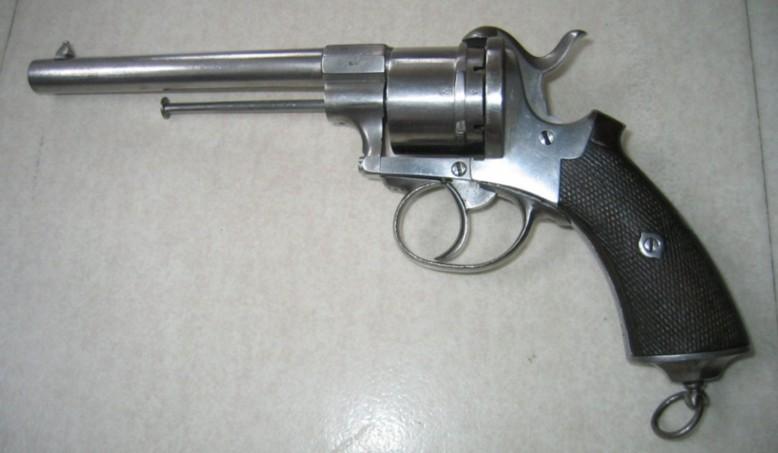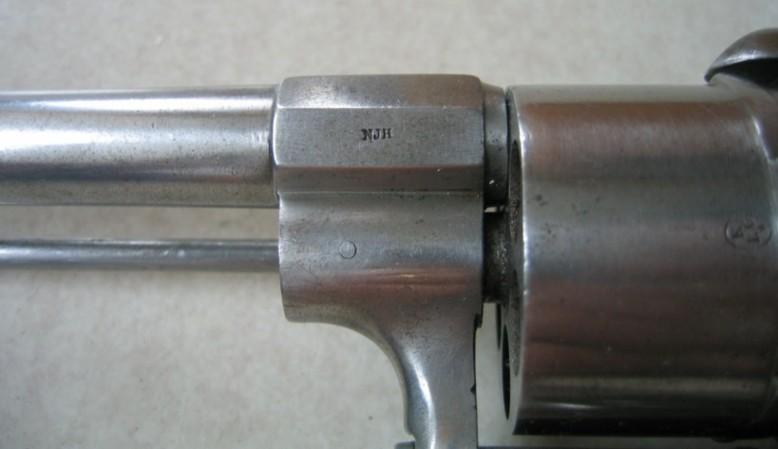Some of the most beautiful work of this craftsman, and many others, are in this book “Liège Gunmakers through their Work. 1800 - 1950”.
For more detail see: LIEGE GUNMAKERS
HENKET Nicolas Joseph
Here is a
"garden" rifle, as they probably said at the time, or even recreational
shooting. The stick is skeletal. The barrel is sliding. Flobert 9mm.
Markings
Z under
star: countermark of a controller between 1877 and 1968;
Erased
Strong: ELG on star in vertical oval: accepted between 1846 and 1893.
NJ HENKET
was a gunsmith in Vivegnis and then in Liège. Between 1859 and 1884, he filed
four patents, including 64271 of 25 February 1884 concerning "a luxury rifle
system" ( ?) which perfectly matches the weapon under review.
There is,
however, a "catch", in the sense that it is an (almost) carbon copy of a rifle
produced by the French gunsmith Jean-Baptiste Gaubert, also active in Liège,
sold under the name "Le Petit Parisien".
Jean-Baptiste Gaubert filed nine patents between 1859 and 1871 and unfortunately
I do not own the one concerning "Le Petit Parisien" which fired a very special
cartridge. On this subject, see the very interesting article by Jean-Claude
Mournetas
https://www.pressreader.com/france/armes-de-chasse/20171104/281513636414968
who mentions this rare ammunition.
I don't understand why
NJ HENKET
patented in 1884 a mechanism invented between 1859 and 1871, but there may be a
detail in the mechanism that I don't perceive, not having had the chance to have
in hand the machines in question or the original patent of JB Gaubert to be able
to compare. This could be either a refinement of the barrel slide system or a
modification of the hammer to be able to fire a more common ammunition such as
the 9 mm ring.
GP with the help of the whole team.
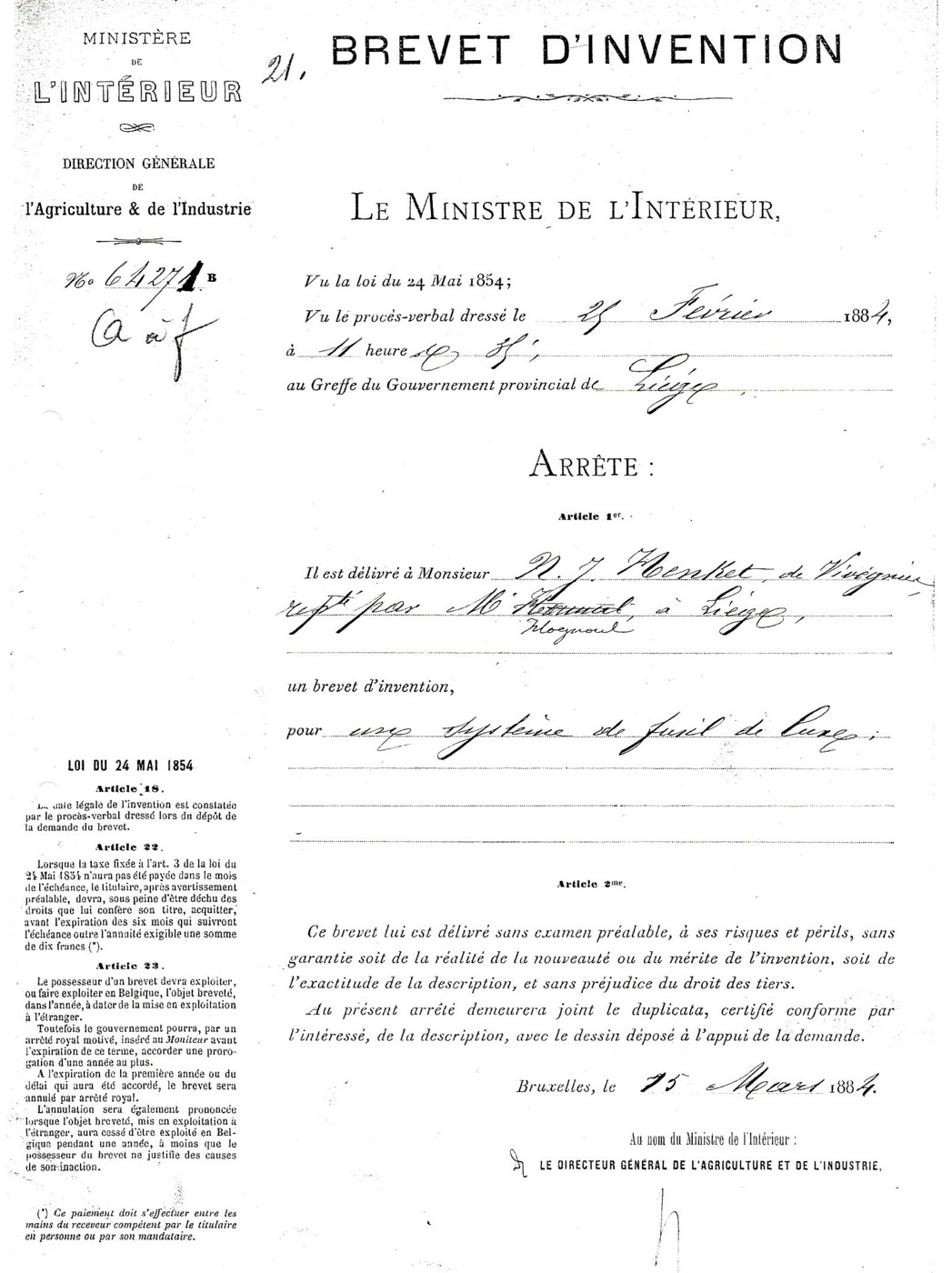
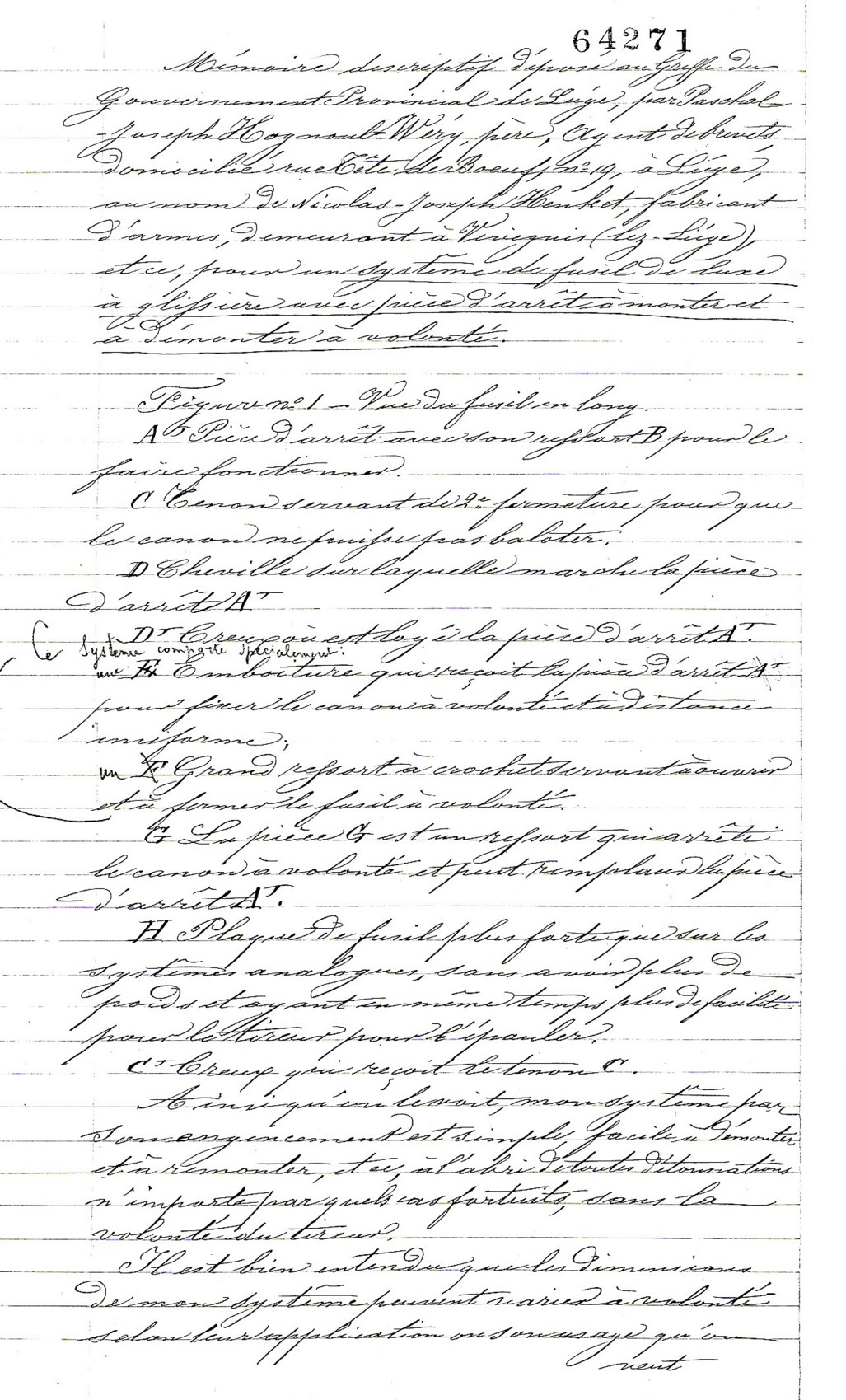
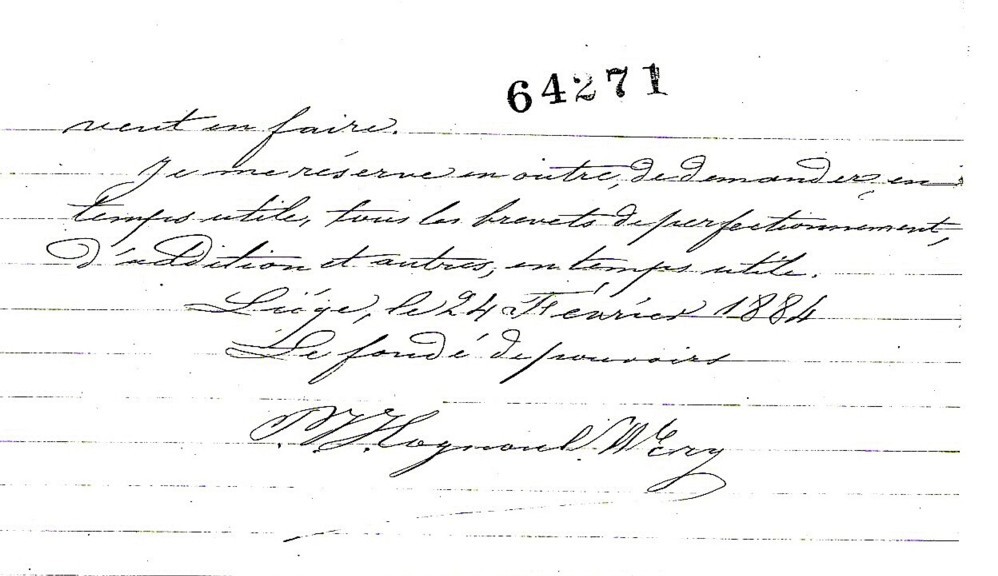
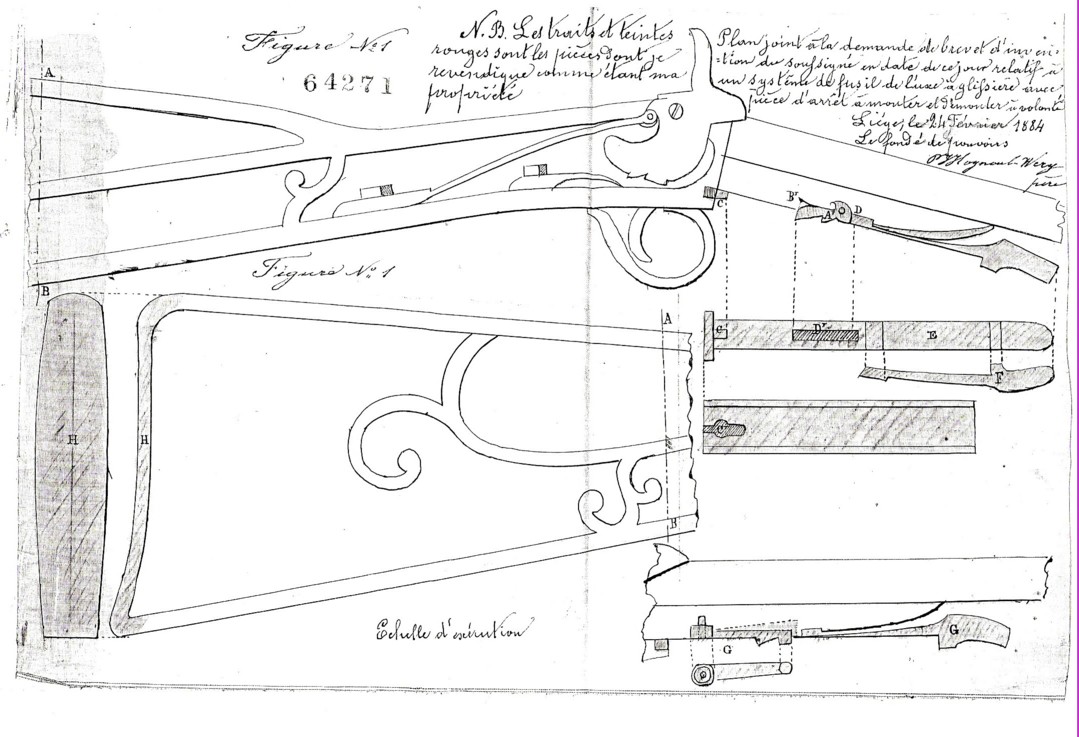
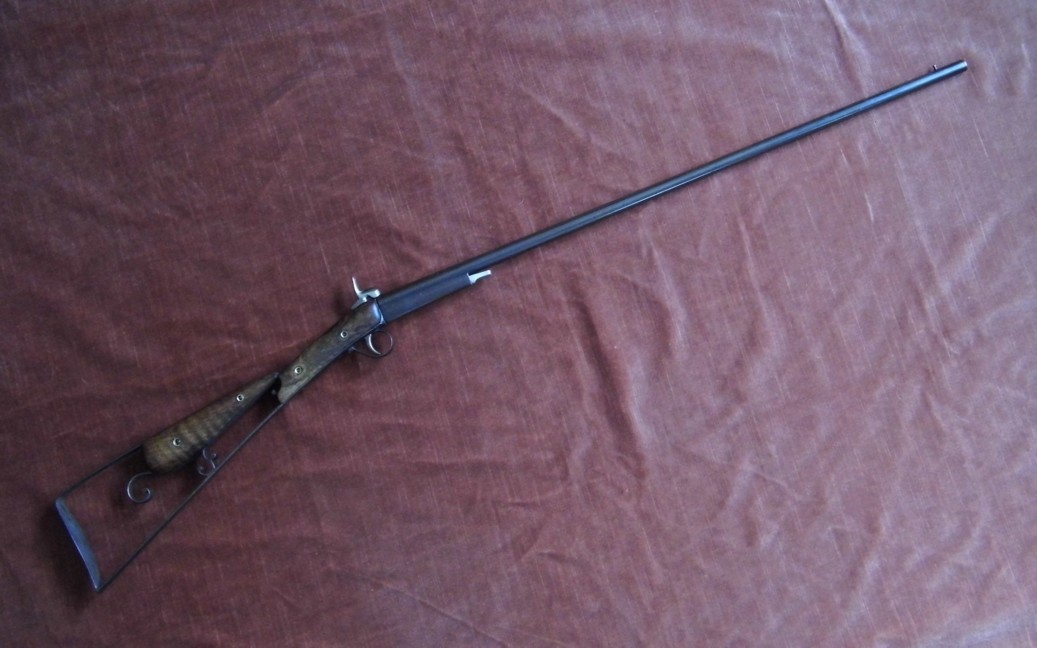

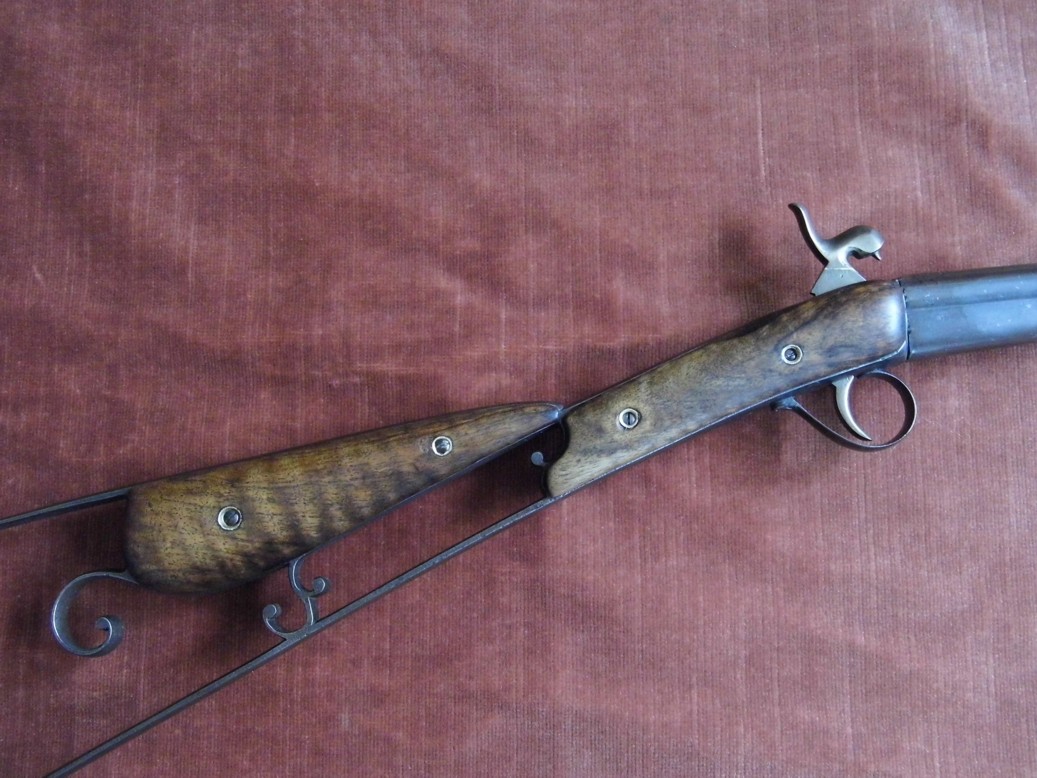
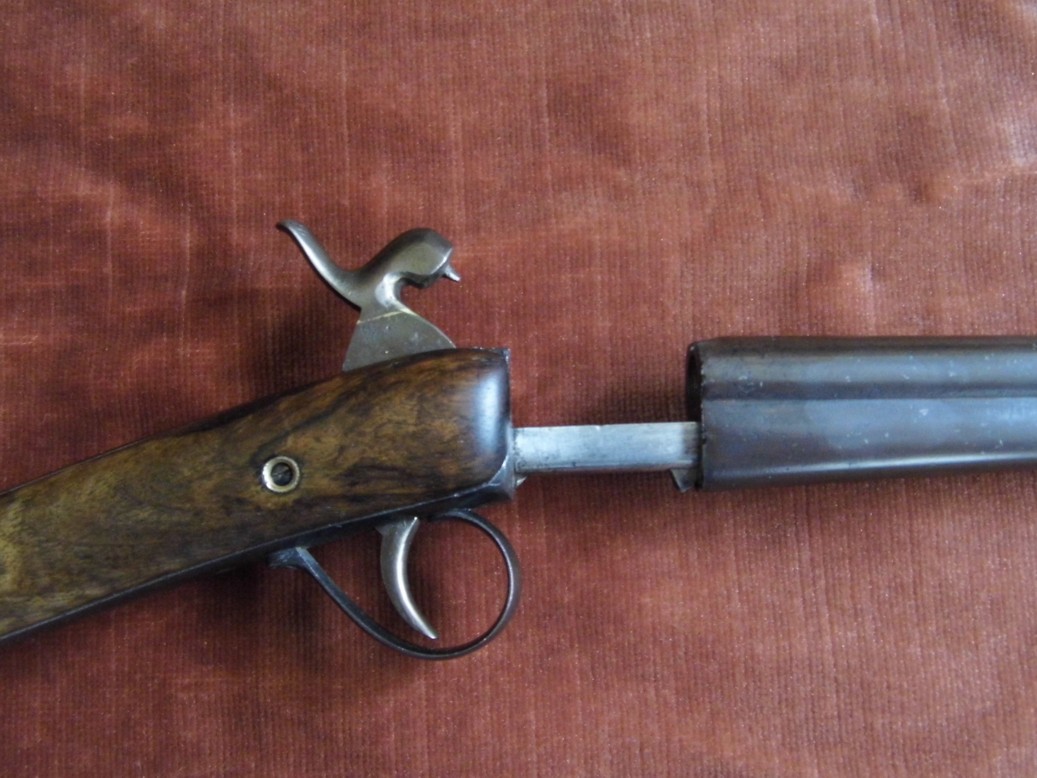
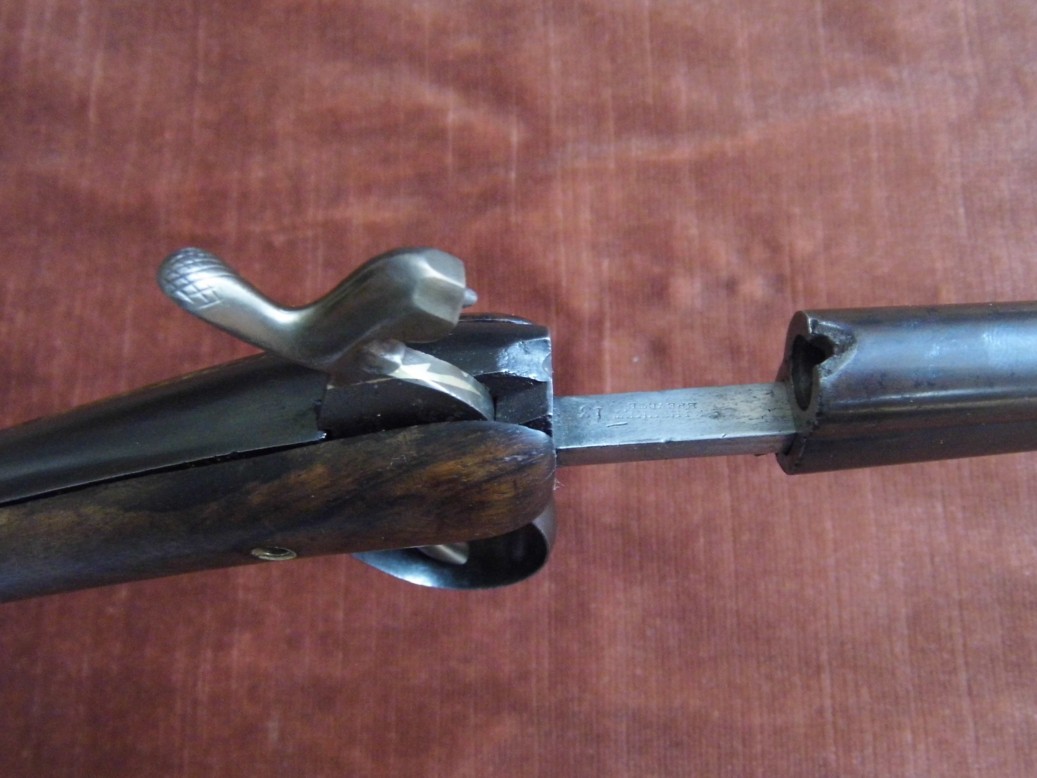
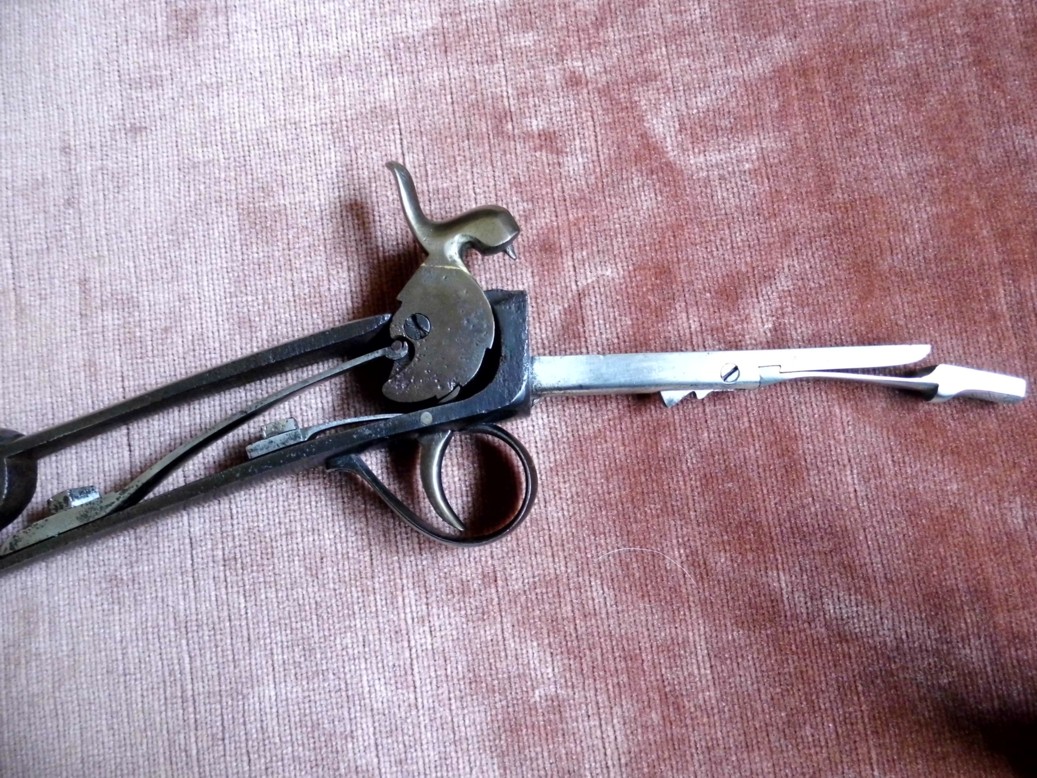
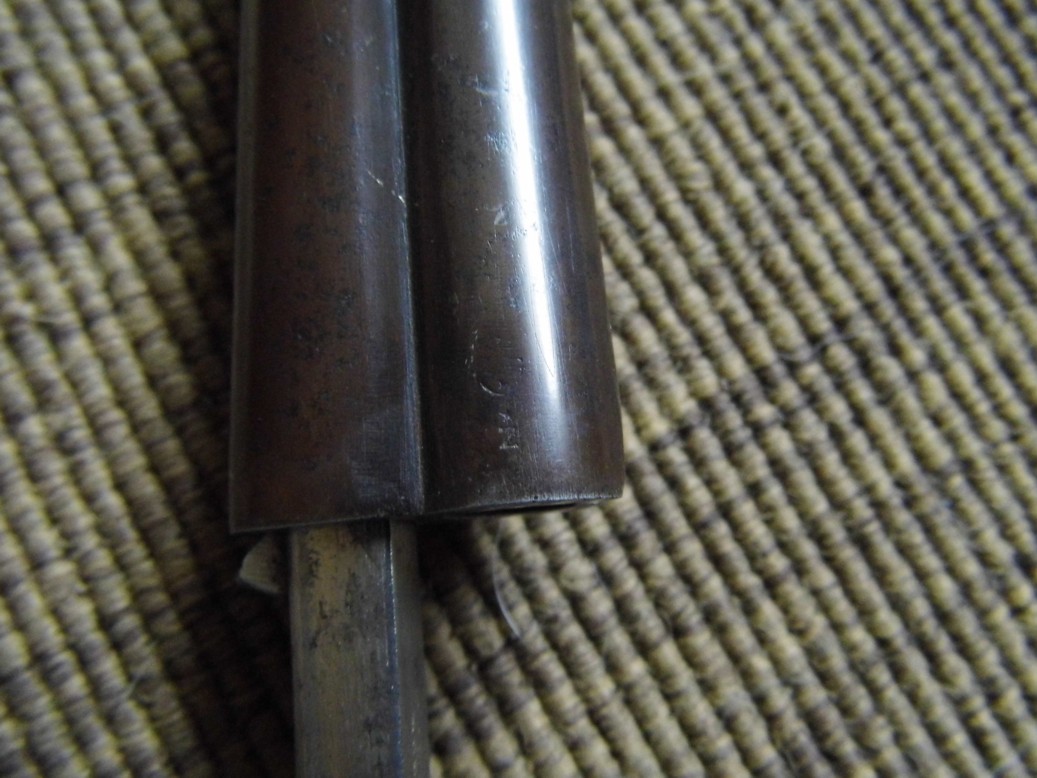
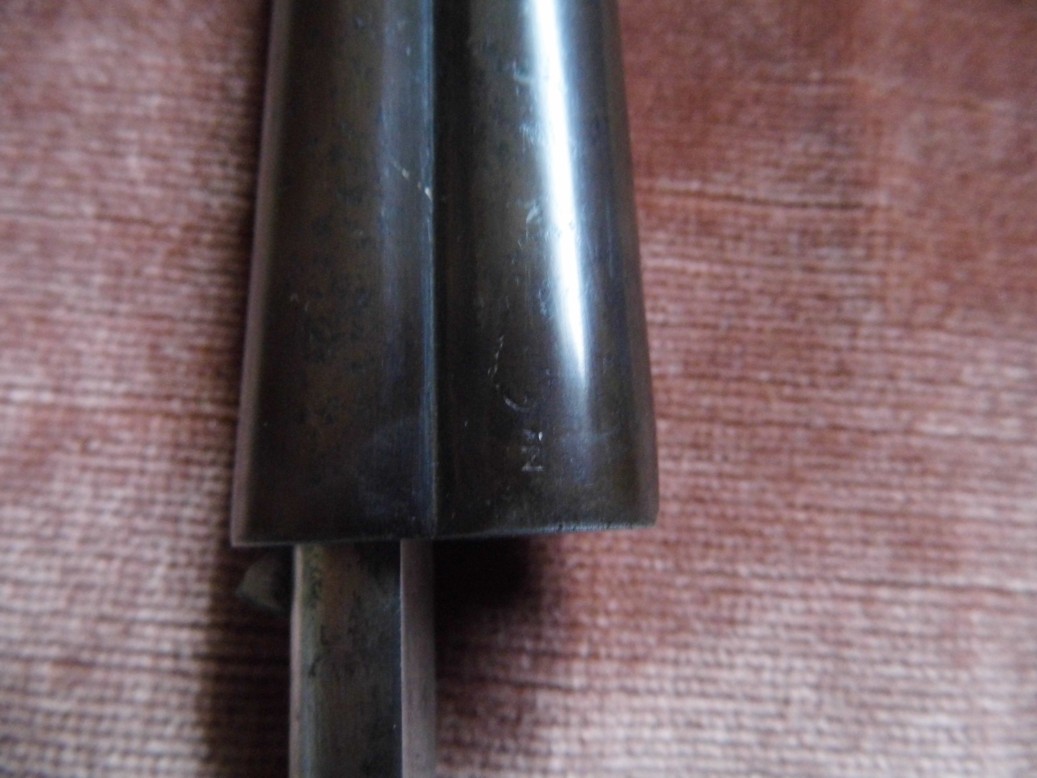
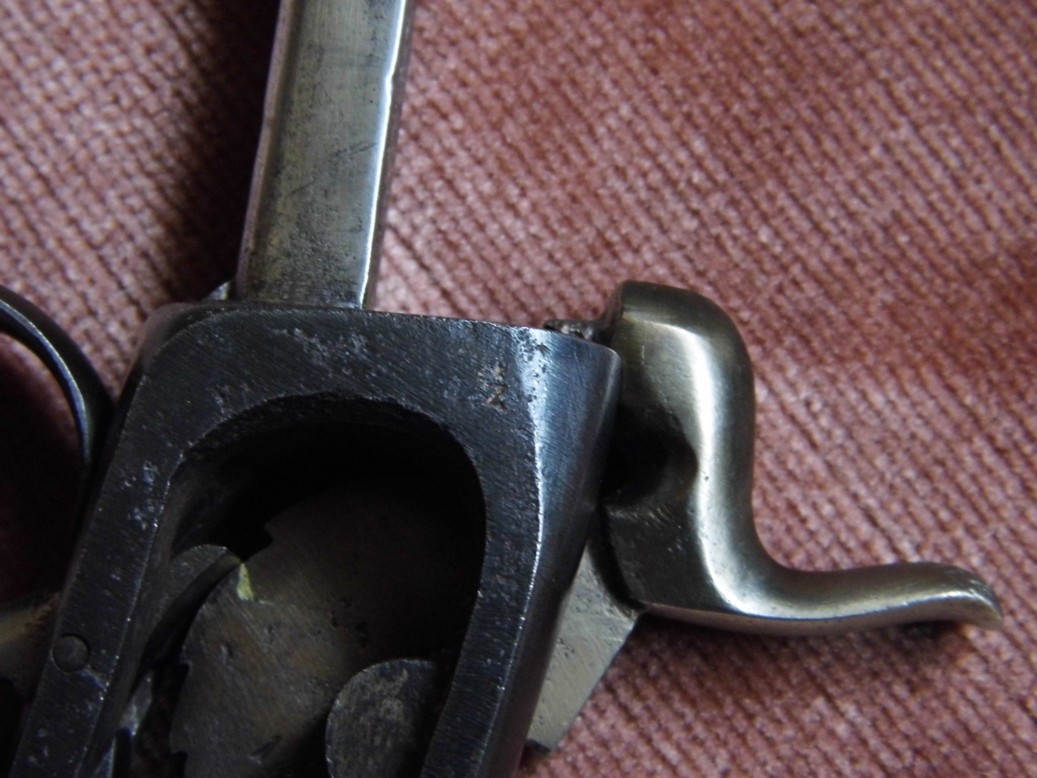
Henket N.J.
This weapon is a traditional revolver pinfire and open framework of type LEFAUCHEUX.
It is of caliber 12 and its barrel is with 6 shots. The loading is practiced by a door with spring placed on the right side of the frame and the extraction is done using the rod head of nail placed under the round barrel.
The weapon carries the lawful punches of the house of tests of Liège, namely:
Spangled ELG in an oval: final acceptance of the test, used of 1846 to 1893.
Y crowned: countermark of the controller used of 1853 to 1877.
Other markings are probably the fact of the manufacturer who is identified with my direction by letters NJH that one could reasonably allot to HENKET N.J arms manufacturer in Vivegnis then in Liege, which deposited of 1859 to 1884 four patents of which a pistol revolver with six shots loading with Lefaucheux cartouches (with pin).
GG
